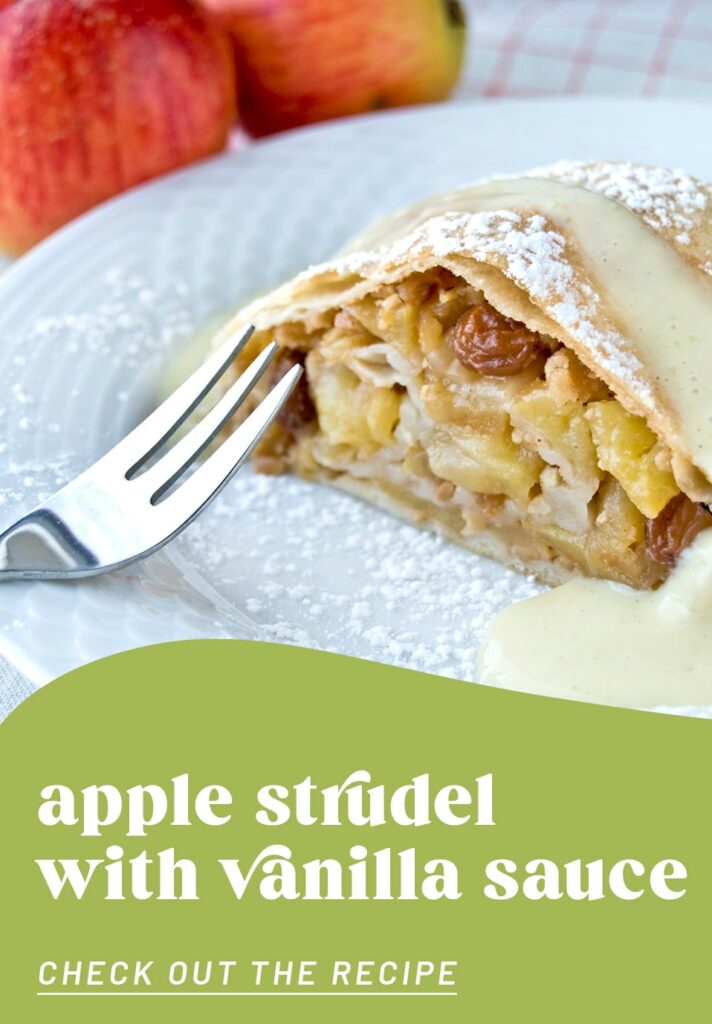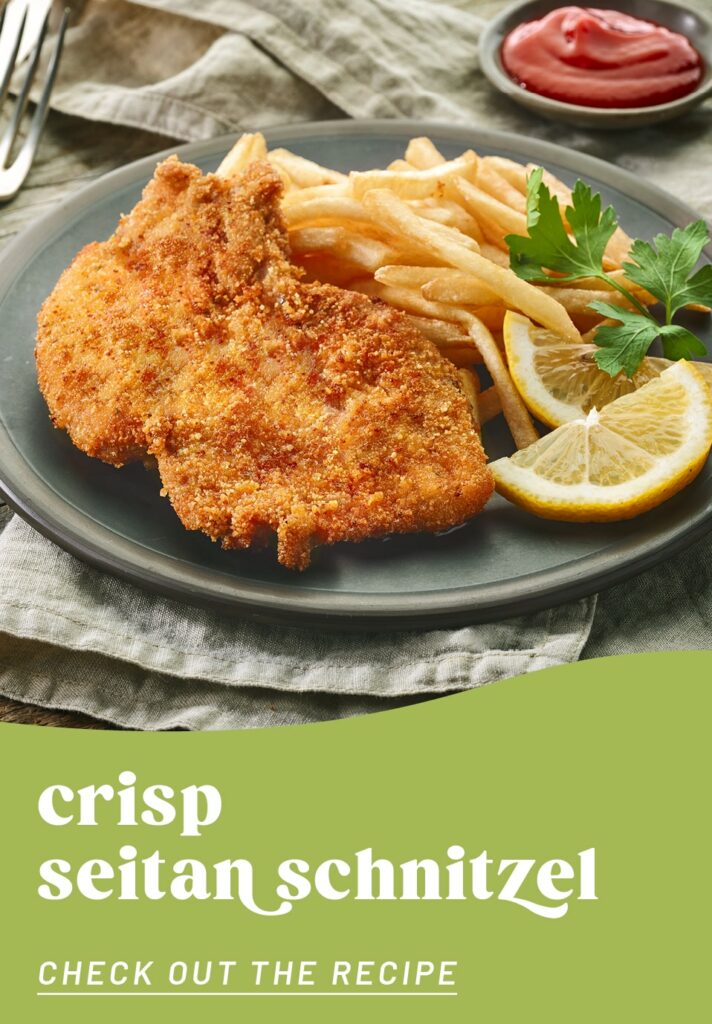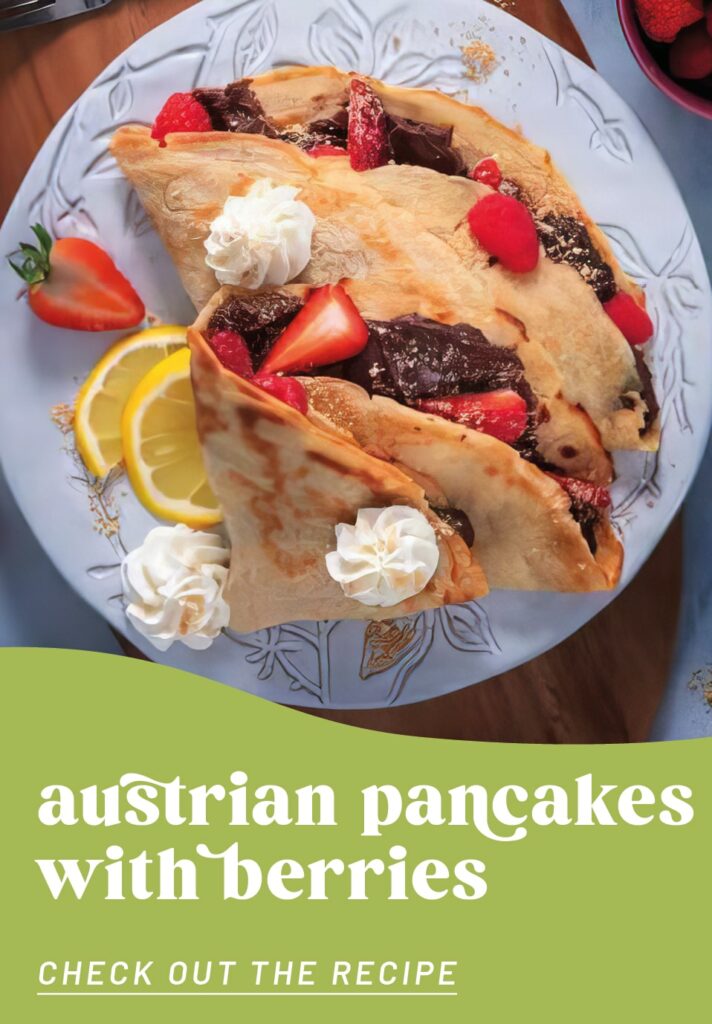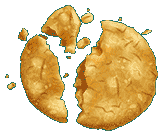VOOD FEED
Vegan in Vienna – sophisticated, cosy, cosmopolitan


Between pastry tradition, the Naschmarkt and an inventive vegan future
Welcome to the capital of Austria! Vienna – many people go into raptures at the mere sound of this city’s name: classical music, an art metropolis with dazzling shopping streets, theatres, museums and, of course, the world-famous Opera Ball. In various surveys, Vienna repeatedly tops the list of the world’s most liveable cities. But wait, wasn’t there more? Of course – its magnificent and world-famous cuisine! Yes, Vienna, the city of coffeehouses, the Sachertorte and – especially in Grinzing, Nussdorf and Sievering – the Heurigen or wine taverns, is a gourmet’s paradise. With centuries-old influences from the former Habsburg provinces of Bohemia, Hungary and Italy, Viennese cuisine offers a variety of fine dishes, infused with the nostalgia of the Austro-Hungarian Empire – something not just Sissi fans adore.
But the city is not stuck in the past: in recent years, vegan cuisine has found its way here, combining traditional flavours with modern dietary requirements. Vegan schnitzel, animal-free versions of the finest desserts and plant-based interpretations of goulash and the like reflect not only the city’s famous Gemütlichkeit or cosiness, but also its openness to new things – garnished with a pinch of unhurried elegance and the famous Viennese „Schmäh“, i.e. its mostly charming (self-)ironic humour. Big things are happening here, making Vienna a hot insider tip for „voodies“. Vienna is booming and we’ll show you why!

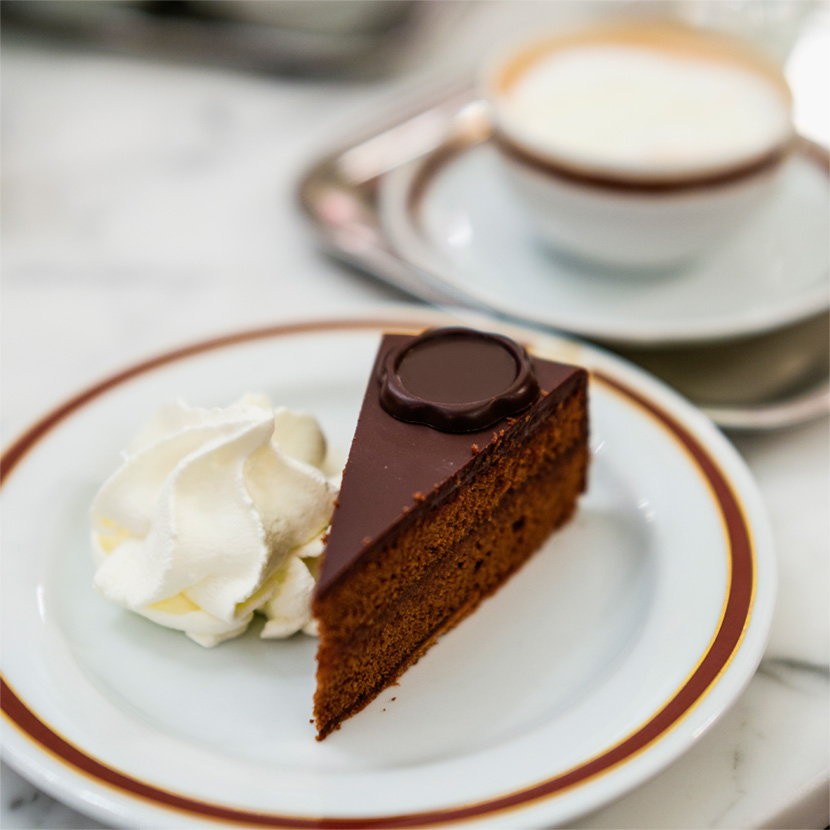

A culinary language guide to Vienna
Have you ever heard of Beuschel? Do you know what Buchteln are? Or Powidl-Tatschkerl? It is precisely because of the multilingual influences in the former Austrian Empire, but also because of the sonorous, ornate dialects in Vienna and the surrounding area, that Vienna’s culinary vocabulary is rich in expressions that often leave even visitors from the neighbouring German-speaking countries scratching their heads. So, before we get into the dishes and recipes, let’s explain a few terms. J To this end, we have created a short Viennese ABC for gourmets, starting with:
A for Apfelstrudel – easy. And what luck!
The letter B can be confusing. The simplest B is for Biskotte (biscuit). But it also stands for:
- BEUSCHEL: As a meat dish it consists of finely sliced offal in a creamy sauce. Interestingly, a vegan version has become popular in many Viennese restaurants using, instead of animal organs, fine vegetables, mushrooms and seitan to simulate the texture. Add a little cider vinegar, lemon and/or capers and you have a modern take on an Austrian speciality. Try our vegetable Beuschel.
- BLUNZ‘N: As meaty as it gets. Blunz’n, which incidentally is also used as an insult, is a kind of blood sausage, so not a word vegans need necessarily know.
- BUCHTELN: Finally, something sweet and appetising for vegan fans. These small, soft yeast cakes are usually filled with Powidl or plum jam and baked until they’re light and fluffy. In Bavaria, they are known as Rohrnudeln (pipe noodles). B for baking Buchteln too, therefore.
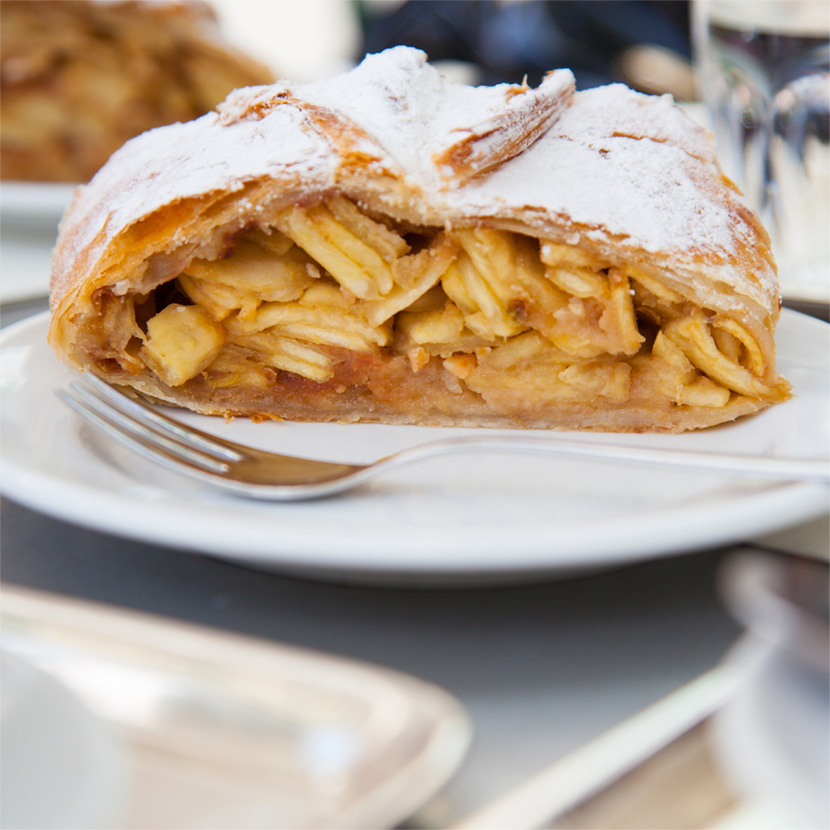
E stands for the interesting and tasty ERDÄPFELKAS or potato cheese: Contrary to expectations, this spread doesn’t contain cheese, but potatoes, sour cream and spices. With a good sour cream alternative, it quickly becomes a vegan, Austrian treat.
Linguistically and culinarily, the letter K also has a lot to offer in Vienna:
KRAUTFLECKERL: a typical pasta dish made of small, square pieces of dough („Fleckerl“) mixed with caramelised white cabbage.
KIPFERL is the local word for a croissant or other sweet or savoury pastry. including the incomparable vanilla kipferl.
KLETZENBROT, a type of fruit bread with dried pears (Kletzen) and other dried fruits.
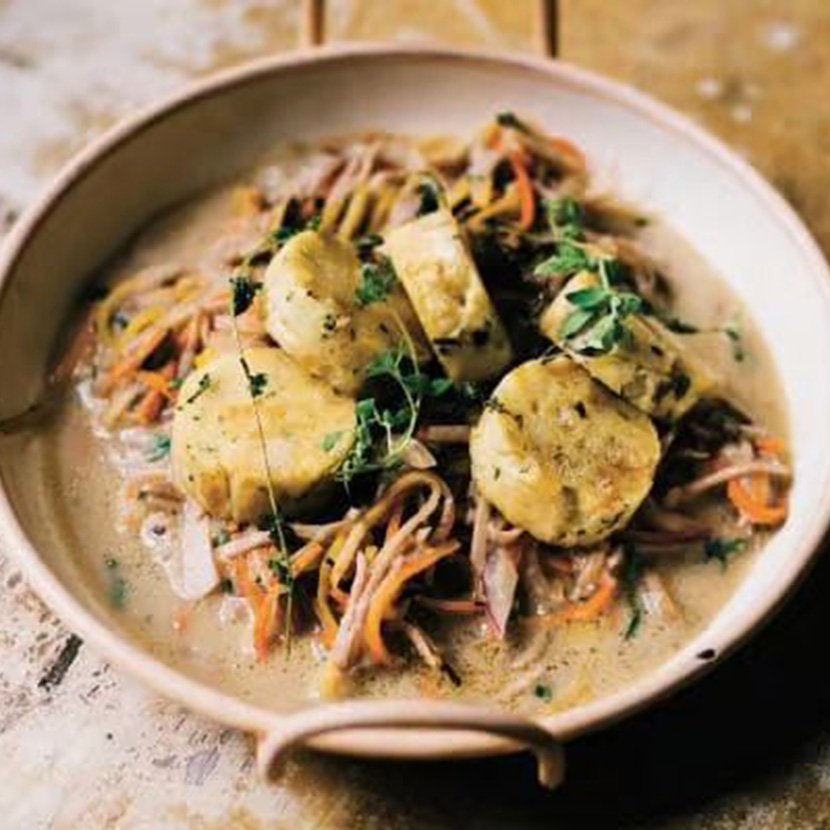
P also includes my absolute favourite, both linguistically and in terms of taste: the POWIDL-TATSCHKERL. These are sweet dumplings filled with Powidl, a dark plum puree that does not require sugar. Fruit heaven! The combination of the words „Powidl“ and „Tatschkerl“ is almost a tongue twister for non-Austrians.
Similarly sonorous is T for TOPFENGOLATSCHN. Pronounce it correctly at a Viennese bakery and you will get a quark turnover. But we prefer to bake them at home using vegan ingredients.
Finally in our Viennese ABC for gourmets, we reach Z for ZWETSCHKENKNÖDEL. We’ll take a closer look at these dumplings later on.
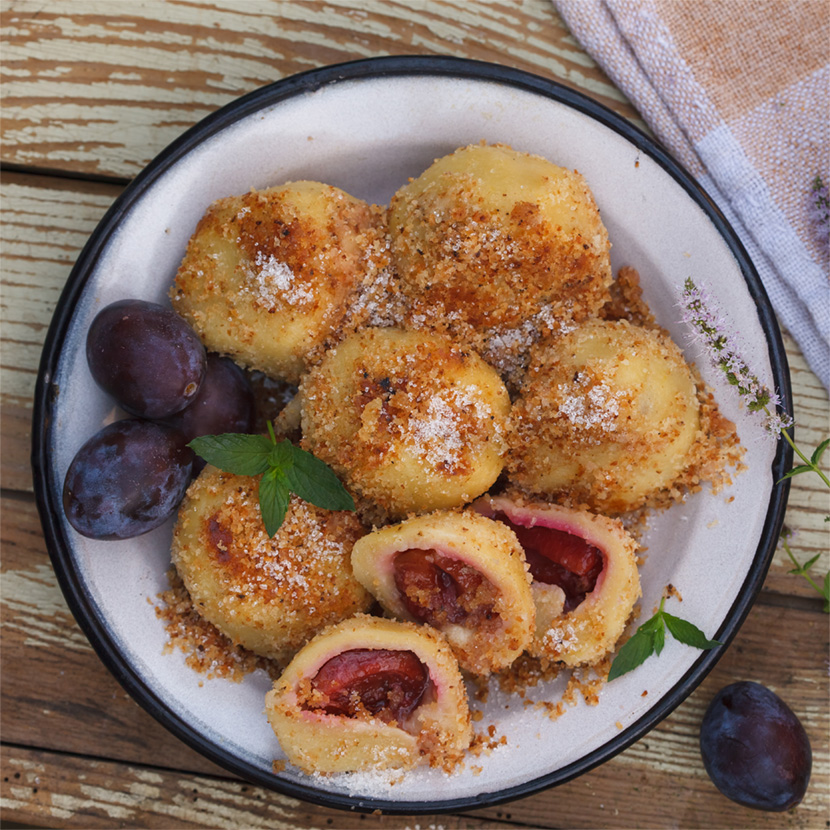
Ribiseln, Fisolen and Karfiol
When it comes to fruit, vegetables and mushrooms, Austria has an entirely different vocabulary to standard German. You need to know that …
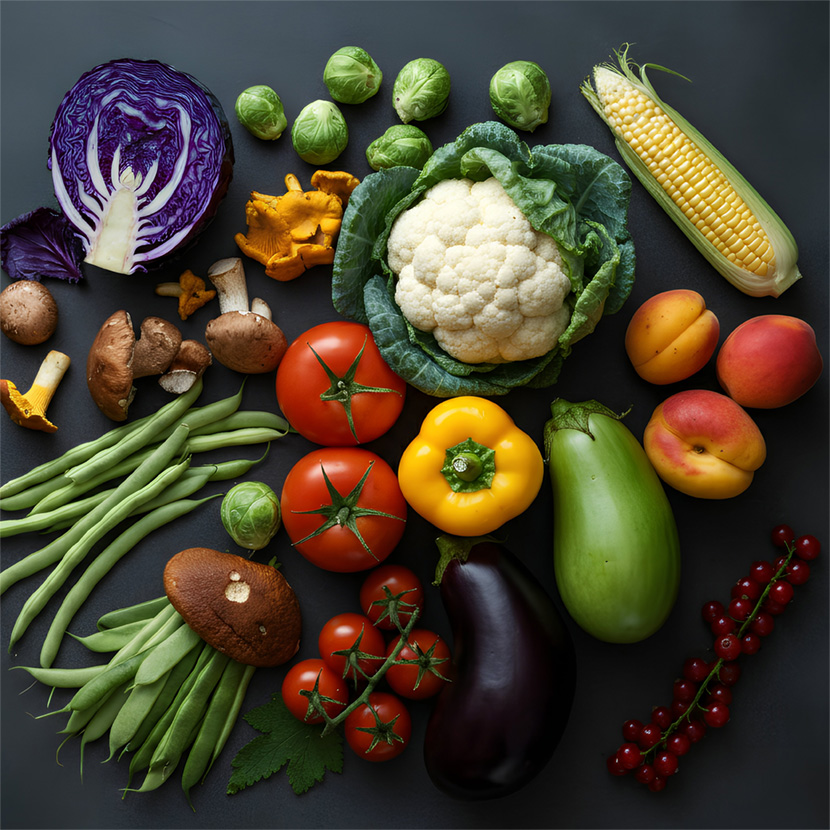
- Blaukraut means red cabbage
- Eierschwammerl means chanterelle
- Fisole means green bean
- Herrenpilze means porcino
- Holler means elderberry
- Karfiol means cauliflower
- Kohlspross means sprout Rosenkohl means Brussels sprout
- Kukurruz means maize
- Kren means radish
- Marille means apricot
- Melanzani means aubergine
- Ogrosln means gooseberry
- Paradeiser means tomato
- Pfefferoni means paprika
- Ribiseln means red currant
- Vogerlsalat means lamb’s lettuce
- Weichsel means sour cherry
- Zwetschke means plum?
With this cheat sheet, you’ll be more than able to buy the key vegetable ingredients for any dish. Use it when strolling around the city’s legendary Naschmarkt food market. Originally, the market was mainly for local fruit, vegetables, meat and dairy products. Today it is a cosmopolitan hotspot for international cuisine, selling everything from Asian spices and pickles to exotic fruits, street food, sushi and vegan bowls. As well as the Naschmarkt, the Karmelitermarkt, Brunnenmarkt and the market at Freyung are also worth a visit for their organic produce.
5 Viennese recipe icons and their vegan siblings
But now let’s get cooking. And naturally, we want to tackle the main specialities. Below we offer our best tips for veganising the 5 most popular dishes.
1. VIENNESE SCHNITZEL
There are schnitzel fans all over the world, and this world-famous speciality originated in the Austrian capital.
- Original version: Made from veal, breaded and deep fried.
- Vegan version: Instead of meat you can use soya schnitzel, seitan, lupine or celery slices. The breading remains traditional with breadcrumbs but without egg, and using plant-based milk and flour. Vegan schnitzel versions can already be found in several restaurants in Vienna.
- Our recipe
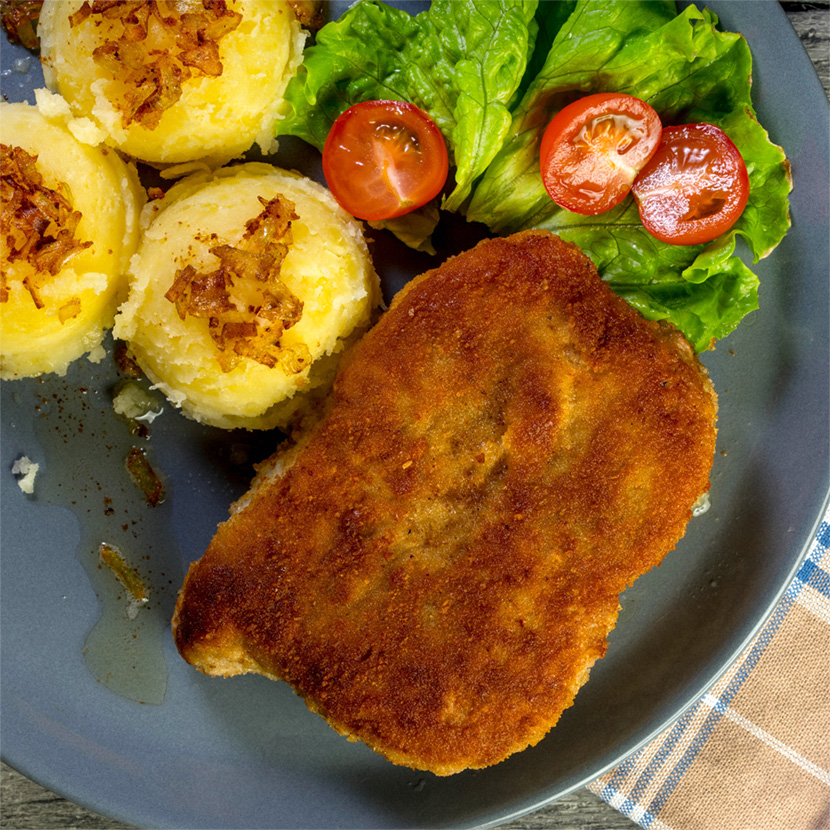
2. TAFELSPITZ
- Original version: Boiled beef with apple horseradish and chive sauce.
- Vegan version: Try a base of cooked celery, parsnip or beetroot. Meat alternatives based on jackfruit or seitan are particularly suitable. Serve with a vegan sauce made from yoghurt alternative, apple sauce or horseradish, for example from Lieblingsraden.
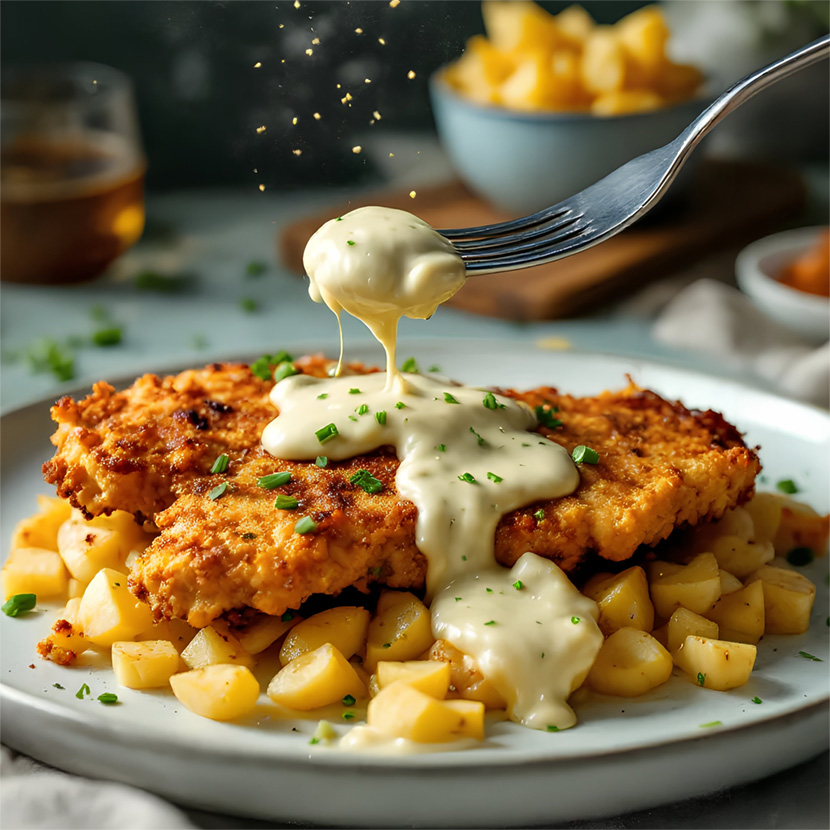
3. FIAKER GOULASH
- Original version: A spicy beef stew with peppers, egg, cucumber and sausages imported from Hungary. It is just one of many goulash variations including Szégediner, Andrassy, etc. It probably dates back to a time when coachmen could not afford much meat, so they ’stretched‘ the dish with sausage.
- Vegan version: Seitan, soya cubes or lupine meat alternative as a base, with classic paprika sauce and vegan sausage alternative. It can be topped with a plant-based „fried egg“ made from egg yolk and egg white substitute.
- Our recipe – sure to make your mouth water…
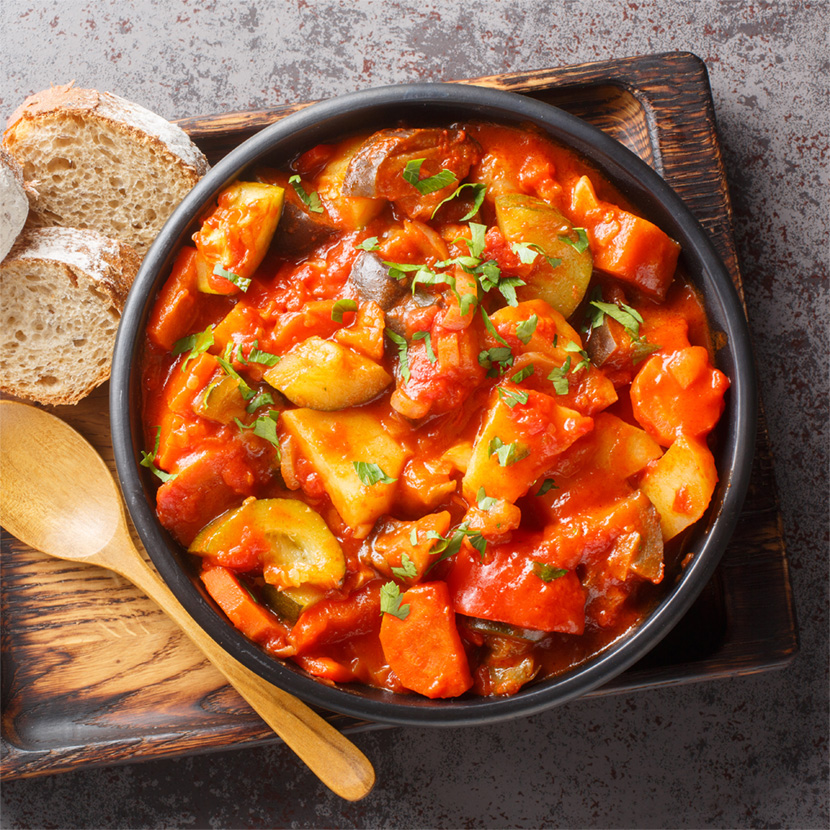
4. BACKHENDL (FRIED CHICKEN)
- Original version: Crispy fried chicken pieces
- Vegan version: The base is either firm natural tofu (cut into „chicken“ pieces, pressed dry and marinated) or soya medallions, chicken tenders or small vegan schnitzel pieces. If you make your own crispy breading, use a little plant-based dairy alternative instead of egg to bind the flour and breadcrumbs. Season your breading mix with a pinch of salt, paprika powder or herbs to taste. Serve with potatoes or coleslaw.
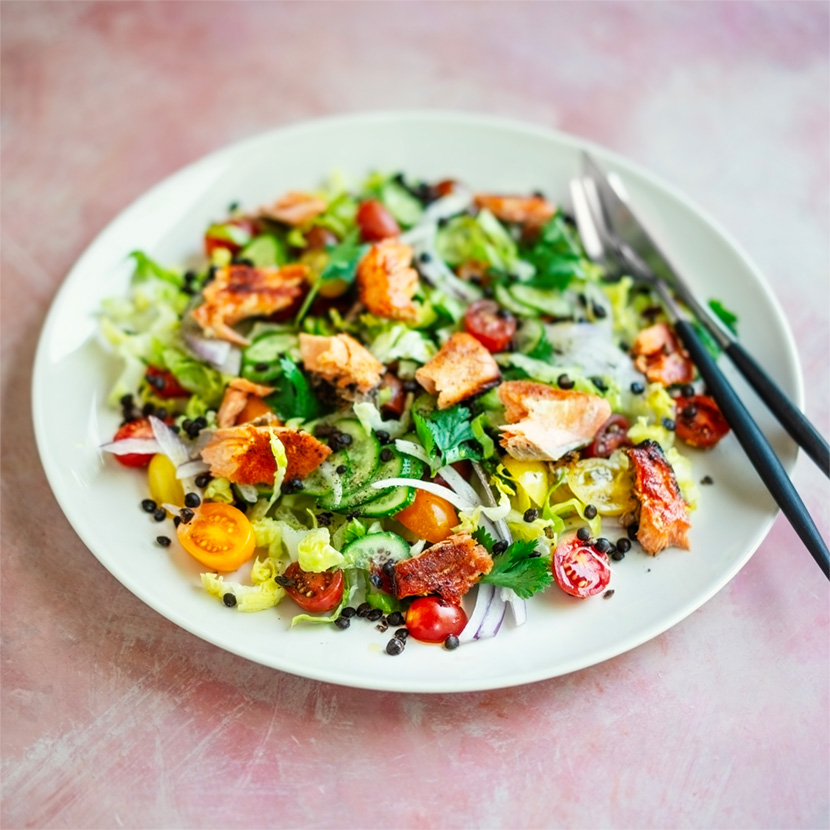
5. DUMPLINGS – EVERYTHING FROM BREAD DUMPLINGS AND NAPKIN DUMPLINGS TO APRICOT DUMPLINGS
Similar to South Tyrol and Bavaria, Austria is a country of dumplings. In Vienna too they come in many different forms.
- Original version: Bread dumplings with eggs and milk, apricot and plum dumplings with potato or quark-butter dough.
- Vegan version: For bread dumplings, why not experiment with soya flour and plant-based milk instead of egg and regular milk, or a convenient vegan pre-made dough; for apricot and plum dumplings – with an apricot or plum placed in the centre – try a vegan potato or quark-alternative oil dough. One speciality is the napkin dumpling, which originated in Bohemia. Its name comes from the fact that the dough is traditionally wrapped in a cloth napkin and then boiled or steamed. It is prepared in an elongated shape, sliced after cooking, and served with a fine „Schwammerlsoß“, i.e. mushroom sauce.
- A masterpiece – our napkin dumpling recipe!
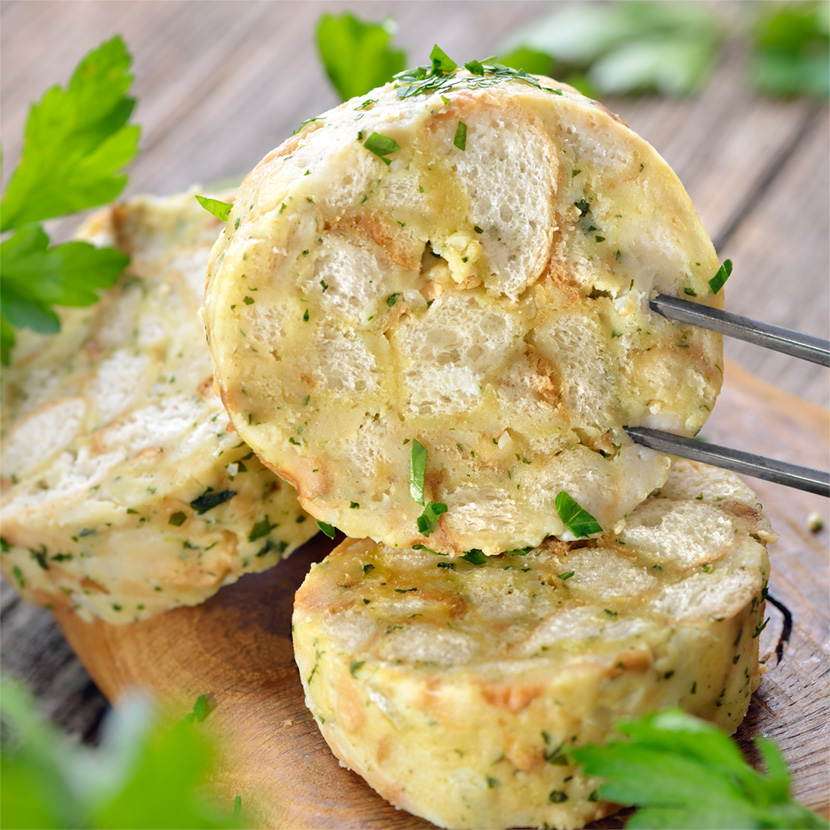
These dishes have clearly shown us that traditional Viennese cuisine can be adapted for vegans without losing its typical character.
Naturally vegan (or almost)
Miraculously, there are many Viennese delicacies that are vegan by their very nature, or can be made vegan with a few tricks. Let’s get started:
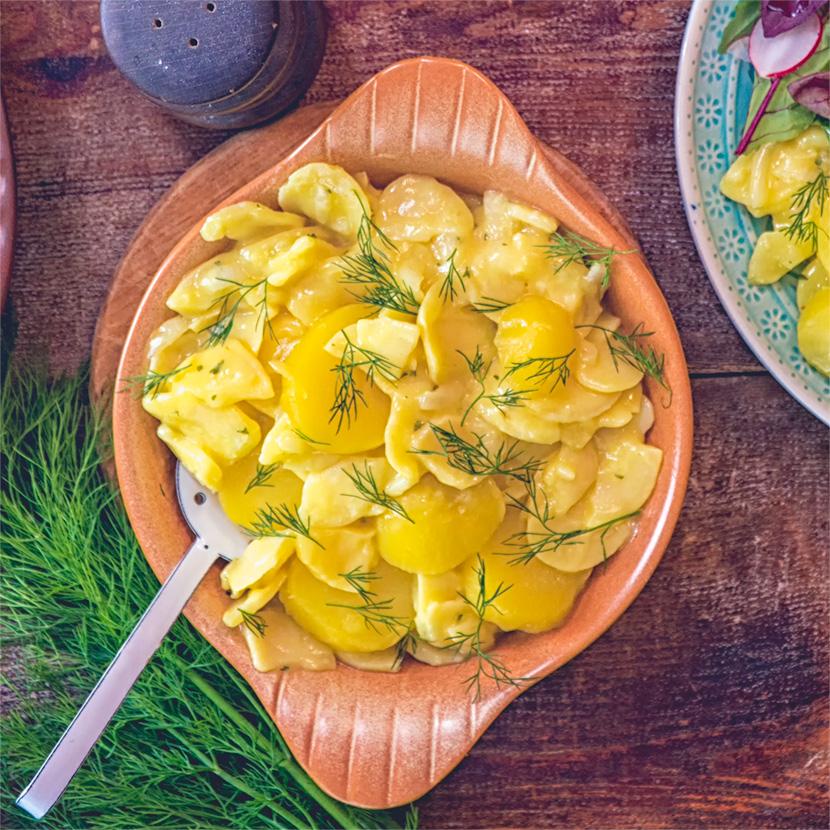
- ERDÄPFELSALAT – this potato salad is easy to keep vegan. You can easily do without mayo and the like. The salad is typically Viennese, with a warm dressing of vinegar, oil, salt, pepper, onion and sometimes mustard or stock and sometimes a pinch of sugar. This makes it light and fresh.
- KRAUTFLECKERLN – cut the cabbage into fine strips and sauté in vegetable oil with onions for the vegan version until soft and golden brown. Then add the pre-cooked fleckerln (square pasta, no egg of course) and fry everything together. If you would like it spicier, try some smoke flavouring or a dash of soy sauce.
- KRAUTSTRUDEL
- BAKED PUMPKIN/CELERY – often used as a vegetarian alternative to schnitzel.
- BREAD DUMPLINGS WITH MUSHROOM RAGOUT – vegetarian and easy to veganise.
- KNÖDELGRÖSTEL – pieces of dumpling fried and seasoned with onion, possibly with some vegetables.
- FISOLENSALAT (green bean salad) – A classic side dish with no animal ingredients. Like the potato salad, the cooked beans are dressed with a marinade of vinegar, oil, mustard, salt and pepper while still warm.
- VIENNESE SOUPS – pancake soup (which can easily be made vegan), lentil soup (typically Viennese: rounded off with finely chopped vegetables, a dash of vinegar and sometimes a splash of cider to enhance the flavour), vegetable soups of all kinds, bean, grain and potato stews.
Viennese coffee house culture
Vienna has a famous and long-standing Kaffeehaus or coffee house tradition. It all started with Turkish influences at the end of the 17th century following the second Turkish siege of Vienna. That’s how coffee arrived in Europe. And it soon found favour with Viennese society. Vienna’s first coffee house opened in 1685 and they soon became important meeting places for artists, writers and intellectuals. Their relaxed atmosphere and the custom of letting guests stay for hours, even with just a small order, shaped their character. In addition to their legendary rather grumpy but elegantly dressed waiters, culinary highlights are also part of the coffee house culture. On the one hand, there are the various types of coffee:
- MELANGE – a long espresso (or originally a mocha) with steamed milk, similar to cappuccino but milder. Here, you’ll find the full range of milk alternatives for the perfect vegan topping.
- EINSPÄNNER – a black coffee in a glass with a big dollop of whipped cream. Pairs perfectly with cream alternatives.
- KLEINER SCHWARZER AND GROSSER SCHWARZER – single (klein) or double (groß) espresso or mocha without milk.
- VERLÄNGERTER – a simple espresso diluted with hot water.
- KAPUZINER – a small black coffee with whipped cream.
- MARIA THERESIA – a black coffee with a shot of orange liqueur and whipped cream, elegantly served.
- FIAKER – a mocha with a shot of rum or kirsch, often served with whipped cream.
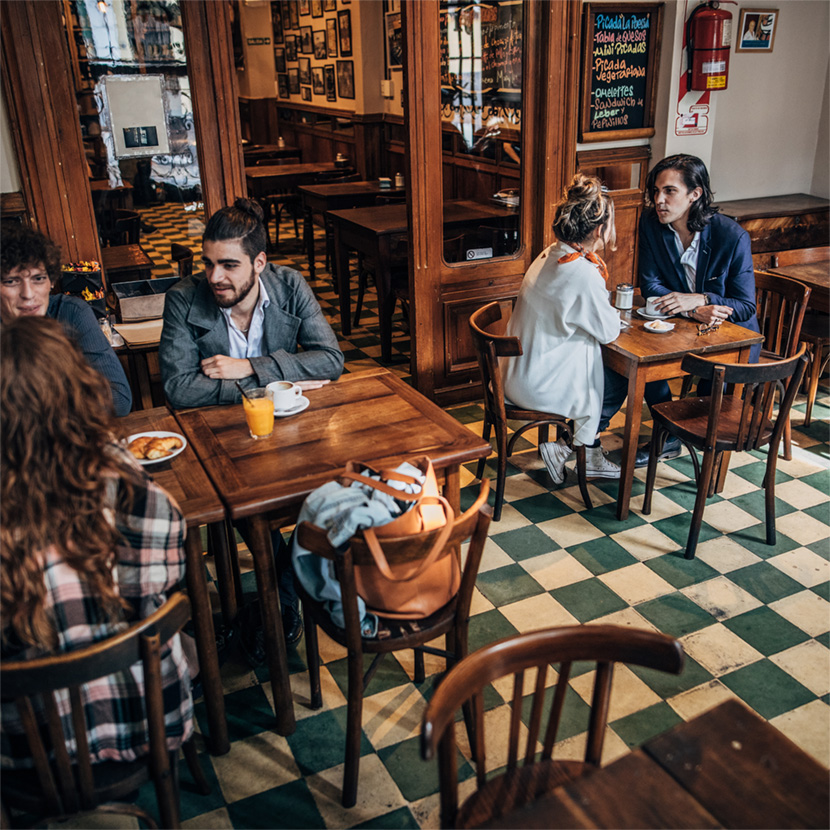
In addition to savoury dishes like soups and lunchtime meals, the sweet creations in Vienna’s coffeehouses also delight the palate. Which finally brings us to THE topic of Viennese cuisine: sweet temptations!
A dessert mecca
The list of delicious desserts, pastries and confectionery is particularly long in Vienna. The love of elaborate desserts was refined at the imperial court, where the finest confectioners worked. Here you can discover some famous creations and, most importantly, veganise them! Our challenge: Who has the best vegan Viennese pastry recipes?
1. KAISERSCHMARN
- Original version: Fluffy egg pancakes dusted with sugar and raisins.
- Vegan version: Flour, plant-based milk, baking powder and aquafaba (chickpea water) as an egg substitute, fried in plant-based margarine. For those in a hurry, there is also a fine vegan Kaiserschmarrn cake mix.
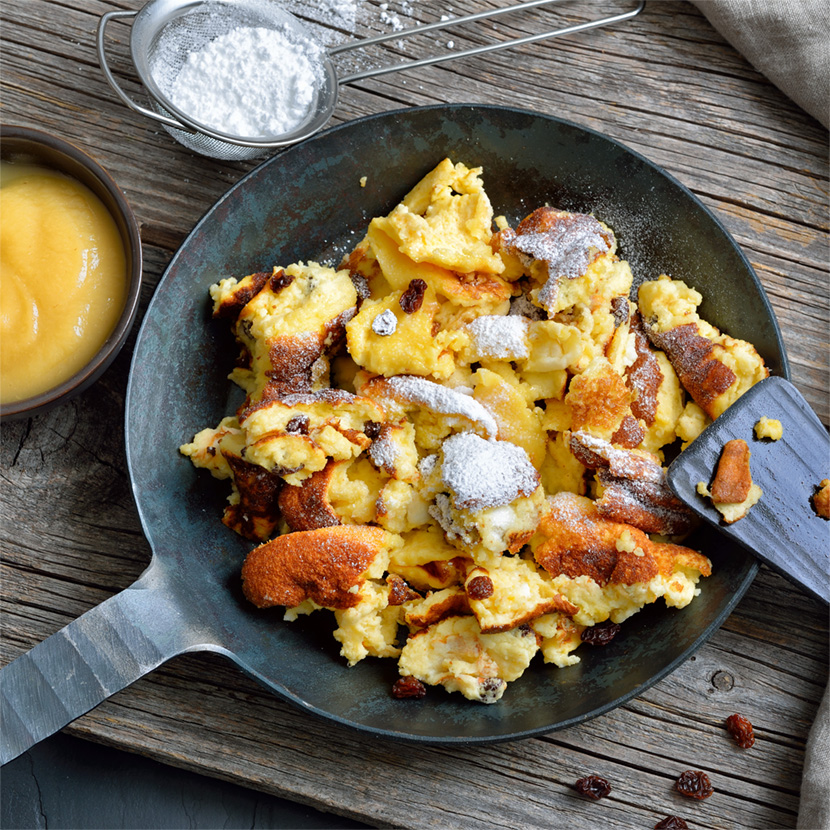
2. PALATSCHINKEN
- This is the Austrian version of pancakes, with a name derived from Hungarian. They are thinner than pancakes, turn out wonderfully with plant-based butter and milk, and can be filled with either savoury or sweet fillings.
- Our recipe
3. ALTWIENER GUGELHUPF
This classic coffee snack cake is refined with grated almonds or nuts, raisins, a dash of rum or a little cardamom and dusted with powdered sugar. It is also available as a marble or yeast cake.
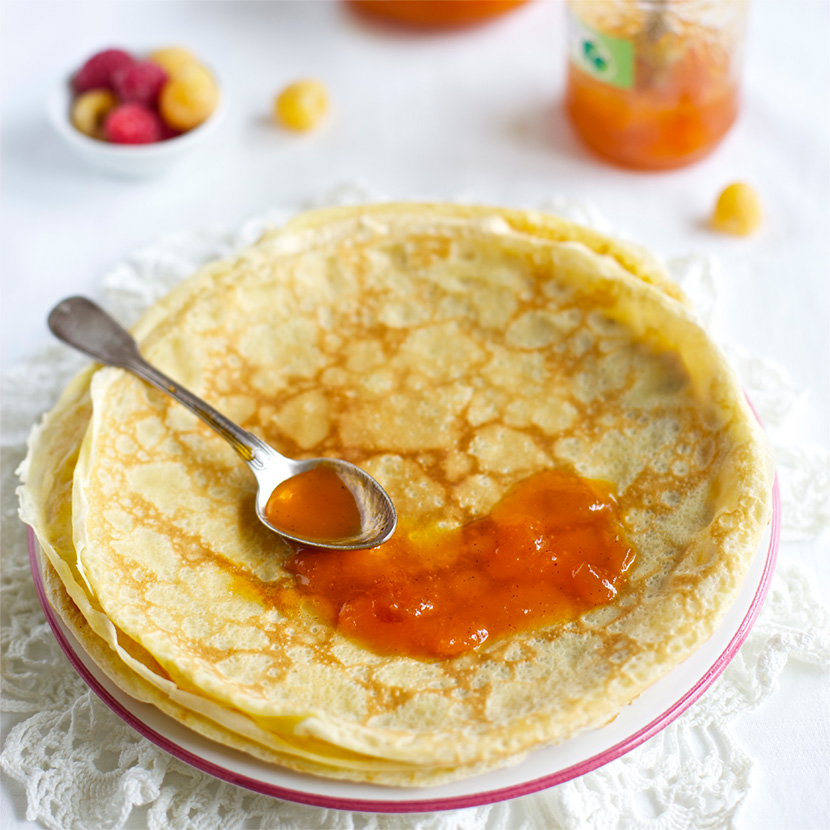
4. Speaking of yeast, don’t miss GERMKNÖDEL!
- Original: A fluffy yeast dough dumpling filled with Powidl or other jam, steamed and sprinkled with melted butter and a mixture of poppy seeds and sugar, traditionally served with vanilla sauce.
- Vegan version: Use plant-based milk and margarine in the dough and a good alternative to butter for the topping. The vanilla sauce can also be made with a cream alternative.
5. More for poppy seed fans: MOHNNUDEL
Mohnnudel (poppy seed noodles) are typically made from potato dough and, after cooking, are rolled in ground poppy seeds, sprinkled with sugar and often drizzled with a little butter. They taste just as good with egg-free dough, such as vegan potato dumplings or gnocchi, and with vegan butter alternatives.
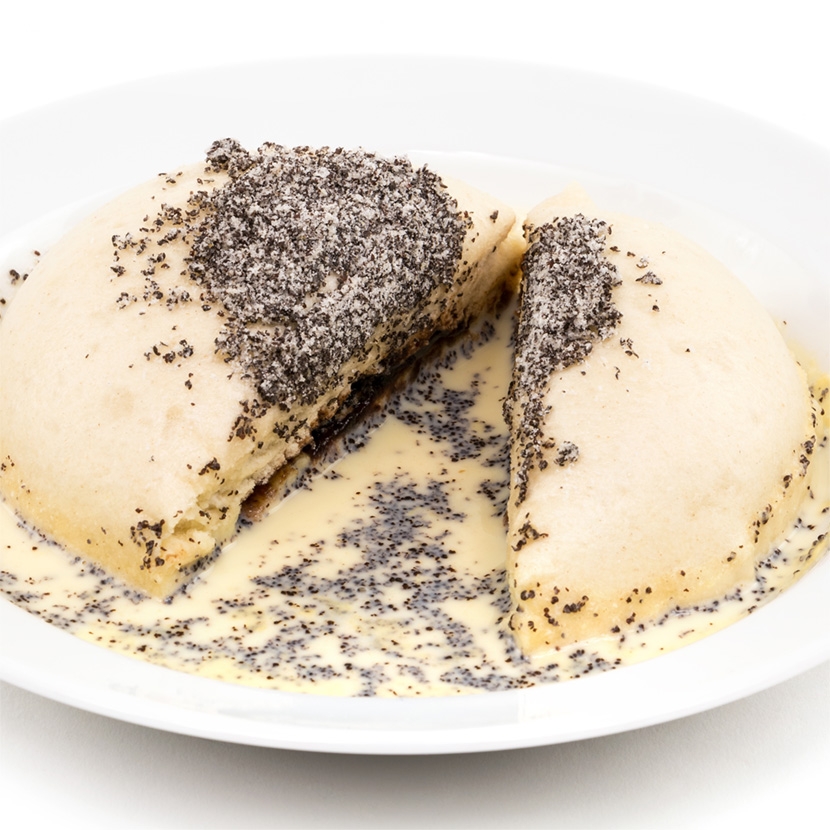
The famous Sachertorte – and other cakes
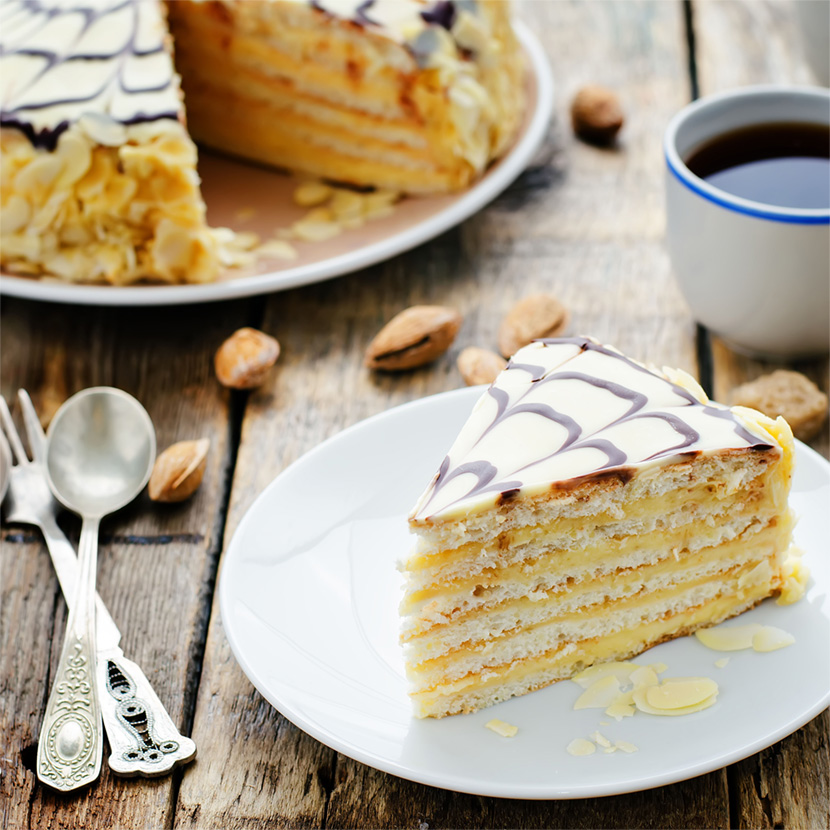
In addition to these classic cakes, there are also more elaborate cakes such as Panama cake, Esterházy cake (with nut cream), Herrentorte, Malakoff cake (sponge layers, mascarpone substitute, optionally some rum) and the undisputed leader: the Sachertorte!
- ORIGINAL VERSION: Chocolate cake with apricot jam and chocolate icing.
- GESCHICHTE: The Sacher cake owes its name to its inventor, Franz Sacher, who created it in 1832. At the time, he was an apprentice in the kitchen of Prince Metternich, whose guests wanted a new, refined dessert. The Hotel Sacher, now so closely associated with the cake, was opened a few decades later by Franz Sacher’s son Eduard, who established the cake as a worldwide symbol of Viennese baking.
- VEGAN VERSION: The cake can be baked with plant-based milk and vegan butter substitute, while the egg can be replaced with applesauce, linseed or egg substitute powder.
- GOOD TO KNOW: The Hotel Sacher offers a vegan version of its famous Sacher cake.
Wenn du bei allen Mehlspeisen-Rezepten nun noch im Hinterkopf behältst, dass man in Österreich (immer noch gern) mit Deka (1 dk = 10 g) rechnet, dann steht deinen gelungenen österreichischen Mehlspeisen nichts mehr im Weg! Eine kleine Kostprobe der Wiener süßen Verführungen bieten übrigens die allseits beliebten Mannerschnitten aus einem Traditionshaus, über das es Spannendes zu erzählen gibt. Guten Appetit für deine Jause, das ist die österreichische süße oder herzhafte Zwischenmahlzeit.
As long as you keep in mind that in Austria, people (still often) calculate using ‚deka‘ (1 dk = 10 g) for all pastry recipes, then nothing should stand in the way of your successful Austrian desserts! By the way, a small sample of Vienna’s sweet temptations can be found in the ever-popular Mannerschnitten – wafer biscuits from a traditional company with an exciting story to tell. Enjoy your Jause! (Austrian German for a sweet or savoury snack.)
Where to go vegan in Vienna?
In the meantime, you can feast your way through Vienna’s flourishing plant-based gastronomic landscape. We have a few suggestions for you:
1. SCHLICHT VEGAN
(Veronikagasse 17, 1160 Vienna): A zero-waste restaurant serving classic Austrian dishes like vegan goulash and Wiener schnitzel in purely plant-based versions. The seasonal menu and all-you-can-eat vegan buffet make it a real foodie destination.
2. VELANI
(Schönbrunner Straße 235, 1120 Vienna): Velani specialises in vegan versions of traditional Viennese home-style cooking, such as ‚Zwiebelrostbraten‘. This family-run restaurant is known for its innovative plant-based interpretations of Austrian cuisine.
3. TOLSTORY
(Rechte Wienzeile 1B, 1040 Vienna): A modern, vegan grab-and-go franchise that blends fast casual with sustainability. Dishes range from vegan pinsas to sweet treats.
4. FLIP N DIP BURGERS
(Lange Gasse 74, 1080 Vienna): Famous for all vegan burgers with creative patties and homemade buns. Everything from BBQ burgers to plant-based crispy ‚chicken‘ options.
5. JOLA
(Schlösselgasse 8, 1080 Vienna): Upscale vegan cuisine with seasonal, multi-course menus.
6. TIAN
(Himmelpfortgasse 23, 1010 Vienna): A Michelin-starred vegetarian restaurant by chef Paul Ivić.
7. SWING KITCHEN
Trendy snack bar with vegan burgers and an eco-friendly concept.
8. LANDIA
A vegan inn known for its Austrian cuisine.
Vegan trends and events
Vienna has become a very vegan-friendly city. Plant-based alternatives are increasingly being used in traditional dishes, and vegan dining concepts are thriving. There are vegan bakeries and cafés such as Pure Freude, Simply Raw Bakery and NomNom Vegan Bakery, and the Veganista vegan ice-cream chain. Several cooking schools, such as the Vegan Academy Vienna, offer vegan cooking workshops. As a vegan foodie, the following events in the Austrian capital could be of interest to you:
VEGANMANIA: An annual vegan street festival in June with food stalls, sustainable products and live entertainment.
SLOW FOOD WIEN events featuring sustainably produced food, often with a vegan focus.
POP-UP DINNERS AND FOOD FESTIVALS: Pop-up concepts with a strong vegan theme, such as Asian cuisine or gourmet street food, regularly appear in Vienna.
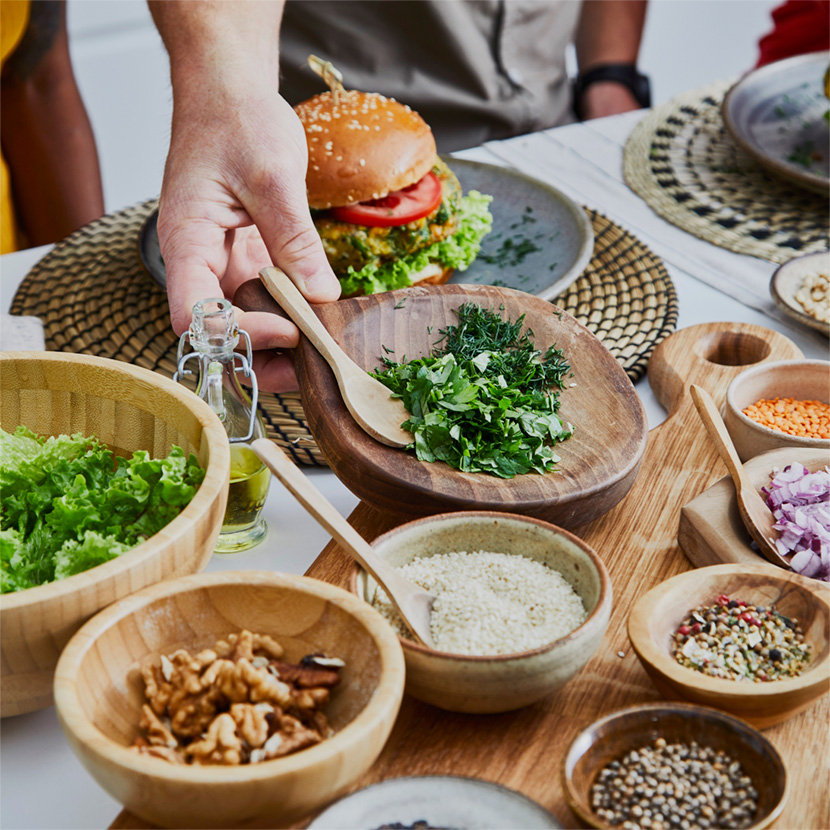
So what is the secret of Viennese cuisine?
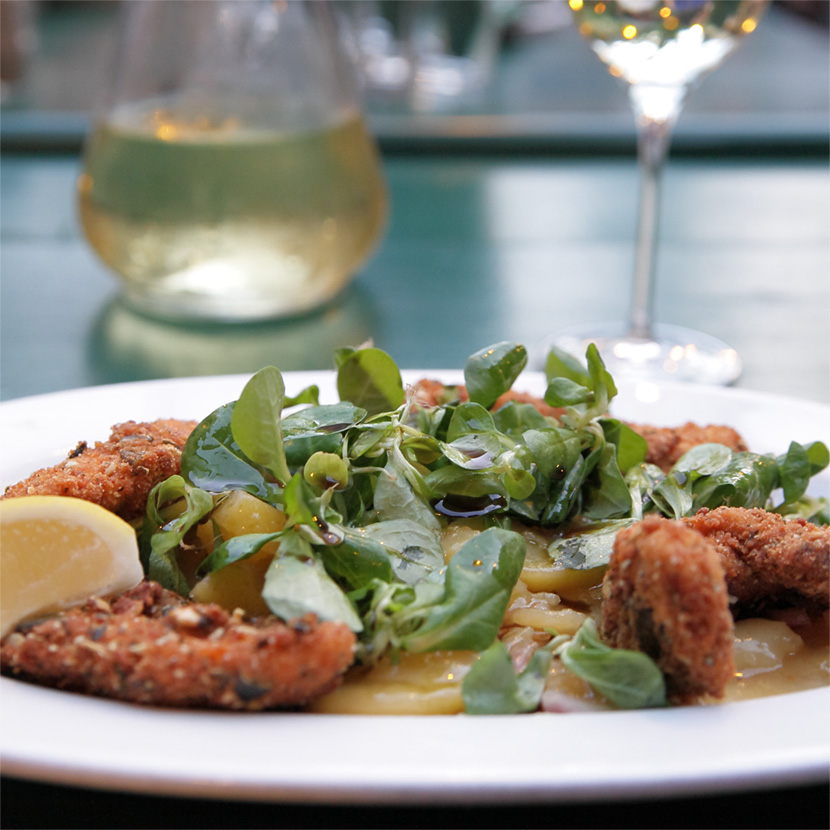
It is always exciting when different cultural influences come together in the same pot. The traditions of the former Austro-Hungarian Empire are very evident in Viennese cuisine.In Vienna, simple home-style dishes such as Krautfleckerln and potato salad, made from fresh ingredients meet sophisticated recipes that exude a touch of imperial culinary flair. Particularly decadent are the infamous pastries, which we have explored in detail and which are celebrated in the coffeehouse culture. The essence of Viennese living! The secret of Viennese cuisine lies, above all, in high-quality ingredients and a culinary and baking tradition passed down through generations. Indeed, cooking has been elevated to an art form. It’s all topped off with the proverbial cosiness, which can be experienced not only in cafés but also at a Heuriger with a white wine spritzer. Indulging for hours is simply part of life in Vienna. And today’s gastronomic scene shows that it is a mirror of the Viennese way of life, which wonderfully combines tradition and the future – enjoyable and always open to outside influences. This also applies to vegan takes on Viennese favourites. If those aren’t compelling reasons for a vegan tour to the Danube metropolis, what are?
Irresistible recipes from Vienna
Be tempted by 3 Austrian classics reinterpreted for the vegan lifestyle:
